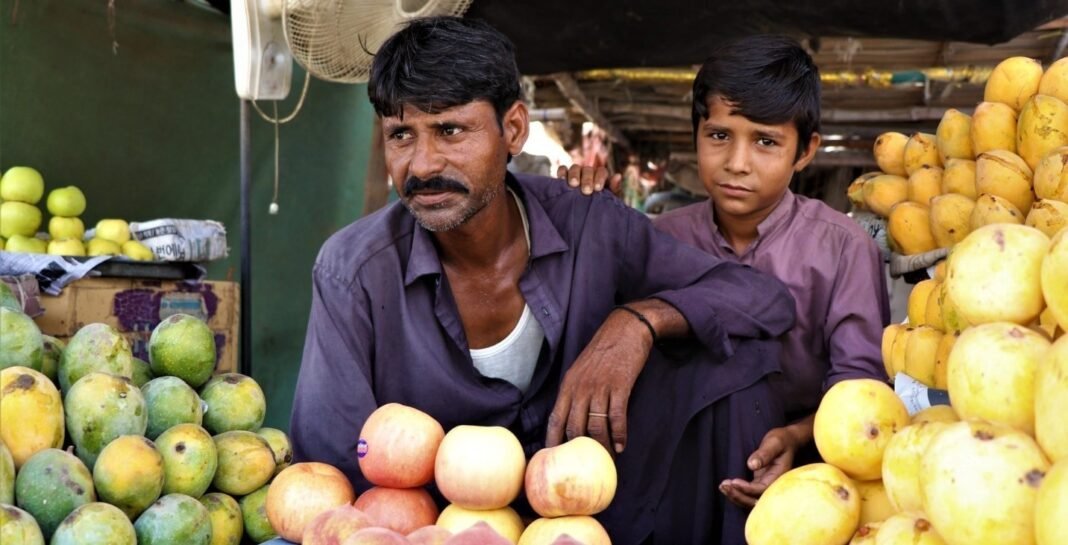Islamabad, 3 April 2024 (TDI): The agriculture sector in Pakistan is the principal employer for approximately 37.4 pc of the country’s labor force, contributing to about 22.9 pc of the GDP.
It is also the biggest contributor to GHG emissions in Pakistan. It accounts for 41 percent of the total (second to energy at 44 pc).
However, despite this important role, Pakistan faces obstacles in advancing toward resilient and sustainable food systems, further aggravated by different shocks and stresses. Among these are, climate change, import dependency, and population growth.
Food systems in Pakistan
Recognizing this requirement, Pakistan along with 159 other countries, upheld the UAE Declaration on Sustainable Agriculture, Resilient Food Systems, and Climate Action.
The commitments set out in the declaration fall in line with Pakistan’s pledges at the UN Food Systems Summit 2021. However, these commitments are yet to be applied.
To solve these challenges, there is a need to understand the food system dynamics which is flawed by a data gap impacting effective decision making.
To solve this issue and facilitate informed policy actions, making practical use of a food systems dashboard could offer important insights.
This would allow stakeholders to monitor, analyze, and respond to upcoming trends and challenges in real-time.
Moreover, combining data-driven approaches, along with international commitments is critical for Pakistan’s journey toward a stronger and sustainable food system.
Climate events such as floods, drought, and heat waves are unfavorably affecting food systems in Pakistan. Such climatic conditions are responsible for the drop in food production, in numerous ways, which also include extreme weather events, high temperatures, and land degradation.
The second factor after climate change is the high dependency on imports. Because of globalization, any disturbance of food systems in one part of the world has a direct impact on the fate of consumers in another part of the world.
The International Food Policy Research Institute analyzes that export restrictions on multiple commodities, in the shape of a complete ban or increase in taxes or tariffs, struck 39 percent of the total calories of food that Pakistan imports to meet its needs.
The report also highlights that this conflict is an important factor in rising food inflation in Pakistan, which could particularly be because of a rise in an energy crisis. These include gas, petroleum products, and electricity.
A third factor includes population growth, which stands as a threat to Pakistan’s food systems. According to the latest census, the current population of Pakistan is 241.49 million. In the previous 20 years, food production has not sprouted adequately to meet the country’s food demand.
For instance, in the last 20 years, wheat production has increased by 37.8 pc while the population has increased by 62 pc.
The National Pathways for Food Systems Transformation in Pakistan underlines that, the population is forecasted to reach 350 million by 2050. This would lead to an increase in the demand for cooked and prepared food, ranging from 70 million tons to 130 million tons by the end of 2050.
Also Read: Pakistan’s Planning Minister speaks on food security
Solutions
The Food Systems Dashboard provides data and evidence for effective policy interventions. The available data for policymaking will orchestrate change by solidifying the political commitment of policymakers to assign resources for actions that require quick attention for food systems in Pakistan.
Against this backdrop, Pakistan needs to expedite its efforts to shed light on the triple challenge of climate change, population, and conflict, hanging over Pakistan’s food systems. This necessitates a cross-sectoral and multidimensional approach to construct resilience against challenges of these kinds.



